No products in the cart.: $0.00
The knowledge of the mutual generation and restriction of the Five Elements

AI智能摘要
In China's ancient philosophical framework, the Five Elements (Metal, Wood, Water, Fire, Earth) are interconnected via mutual generation and restriction cycles. Generation involves Wood → Fire → Earth → Metal → Water → Wood, symbolizing growth and transformation. Restriction forms a counterbalance where Wood ∈ Earth, Earth ∈ Water, Water ∈ Fire, Fire ∈ Metal, and Metal ∈ Wood, maintaining equilibrium. This doctrine impacts traditional Chinese medicine, divination, and feng shui and reflects natural processes, like trees preventing soil erosion or water controlling fire. It underscores the dynamic balance and interdependence of natural forces.
— 此摘要由AI分析文章内容生成,仅供参考。
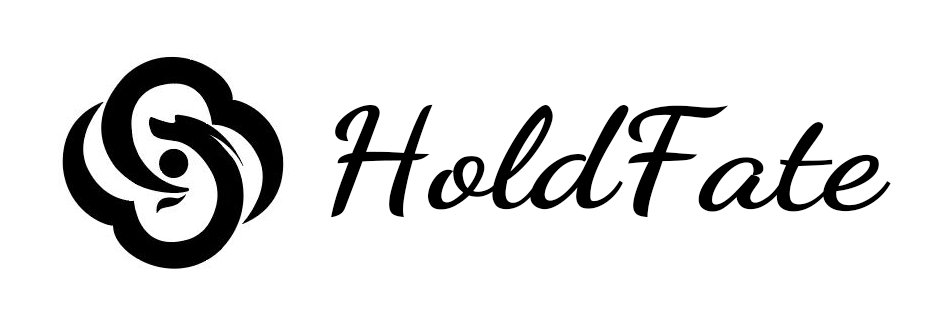

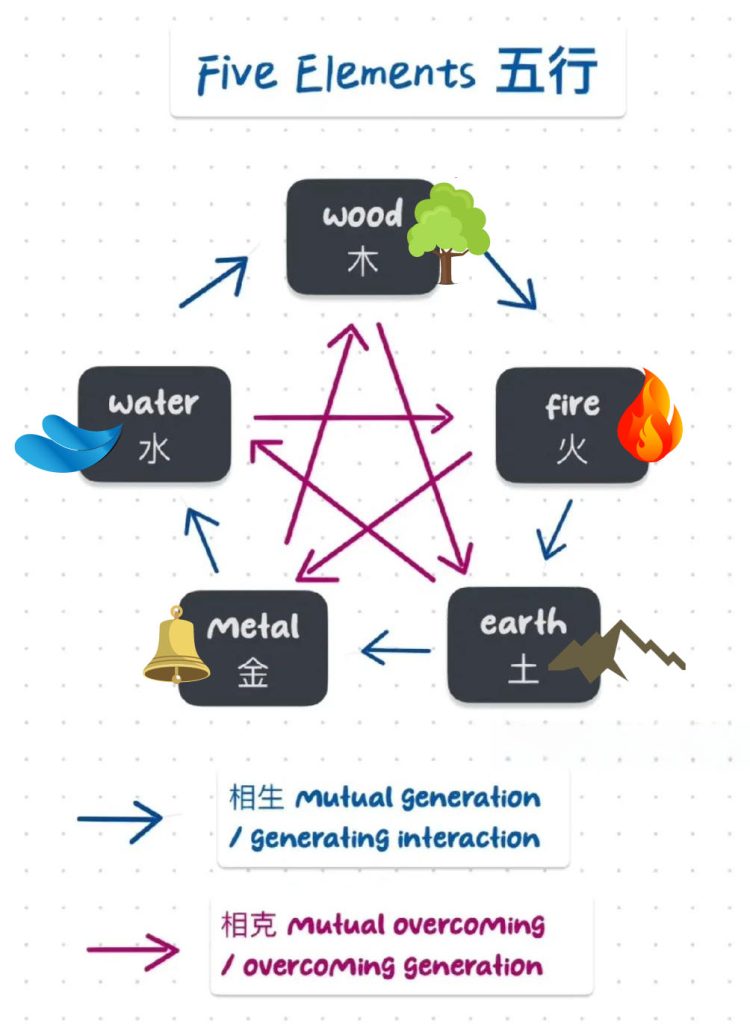
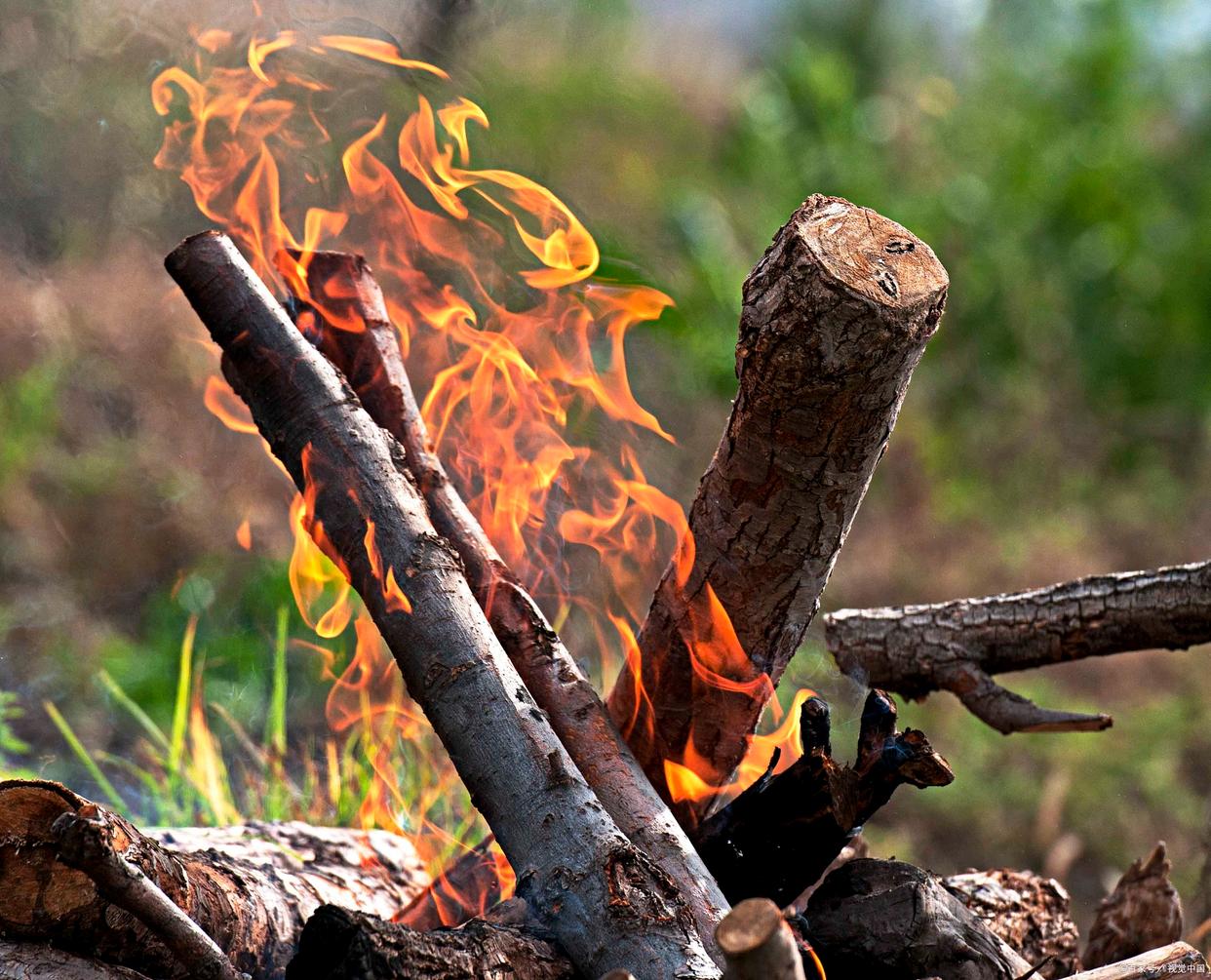
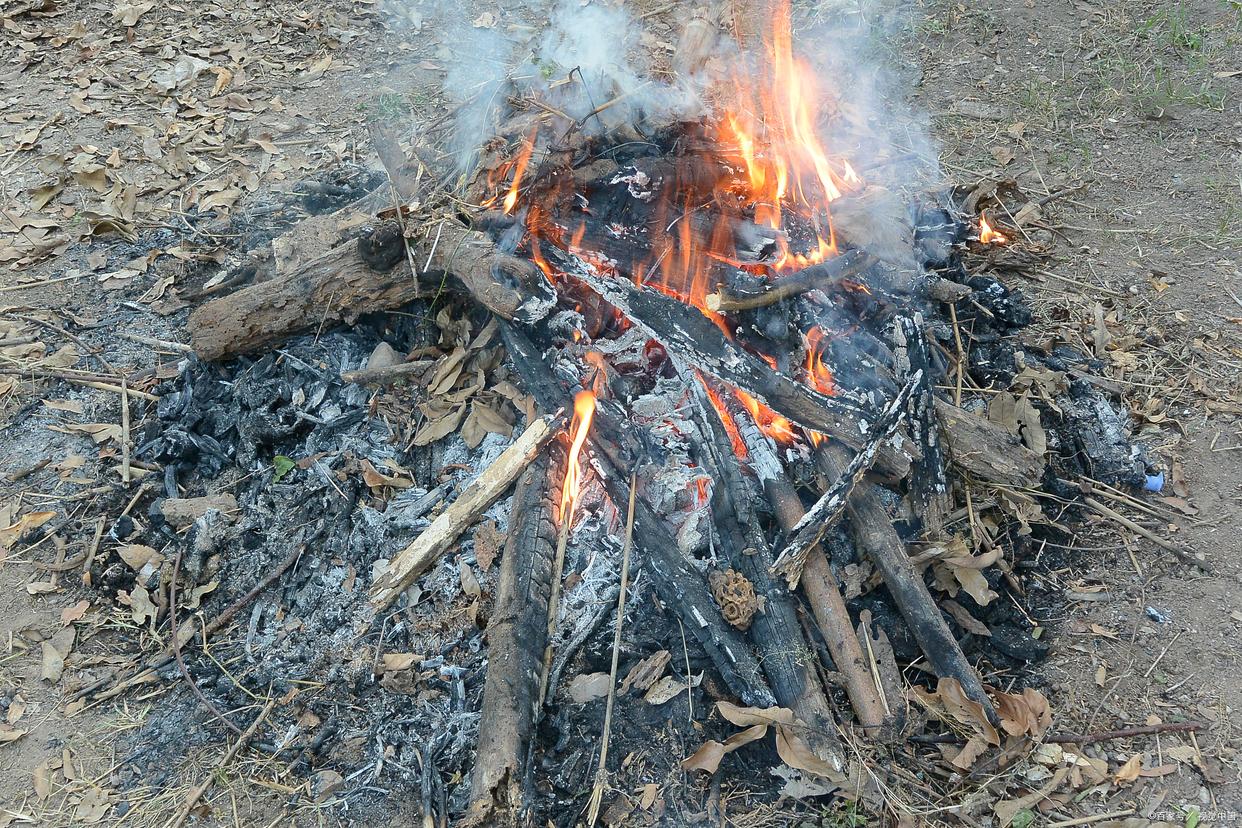


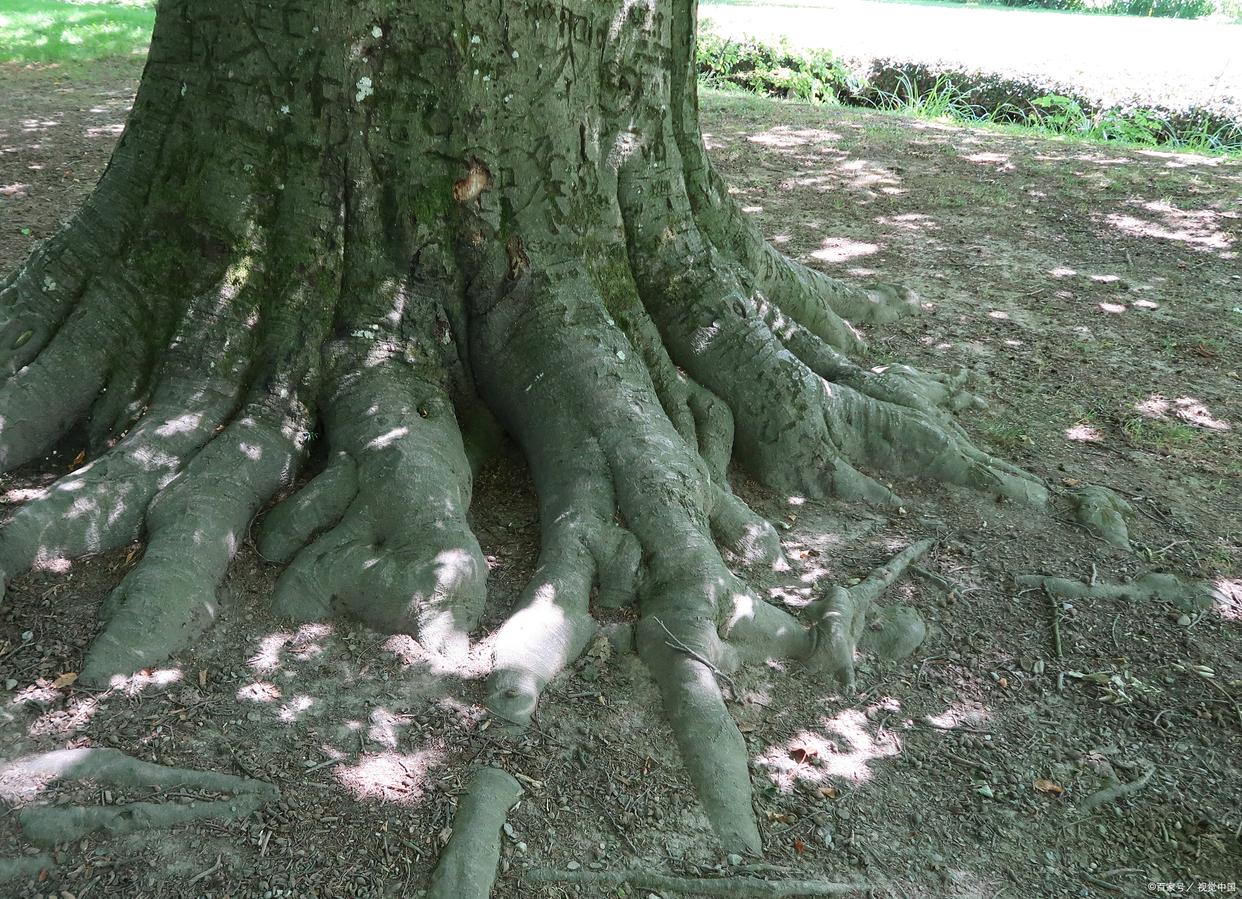
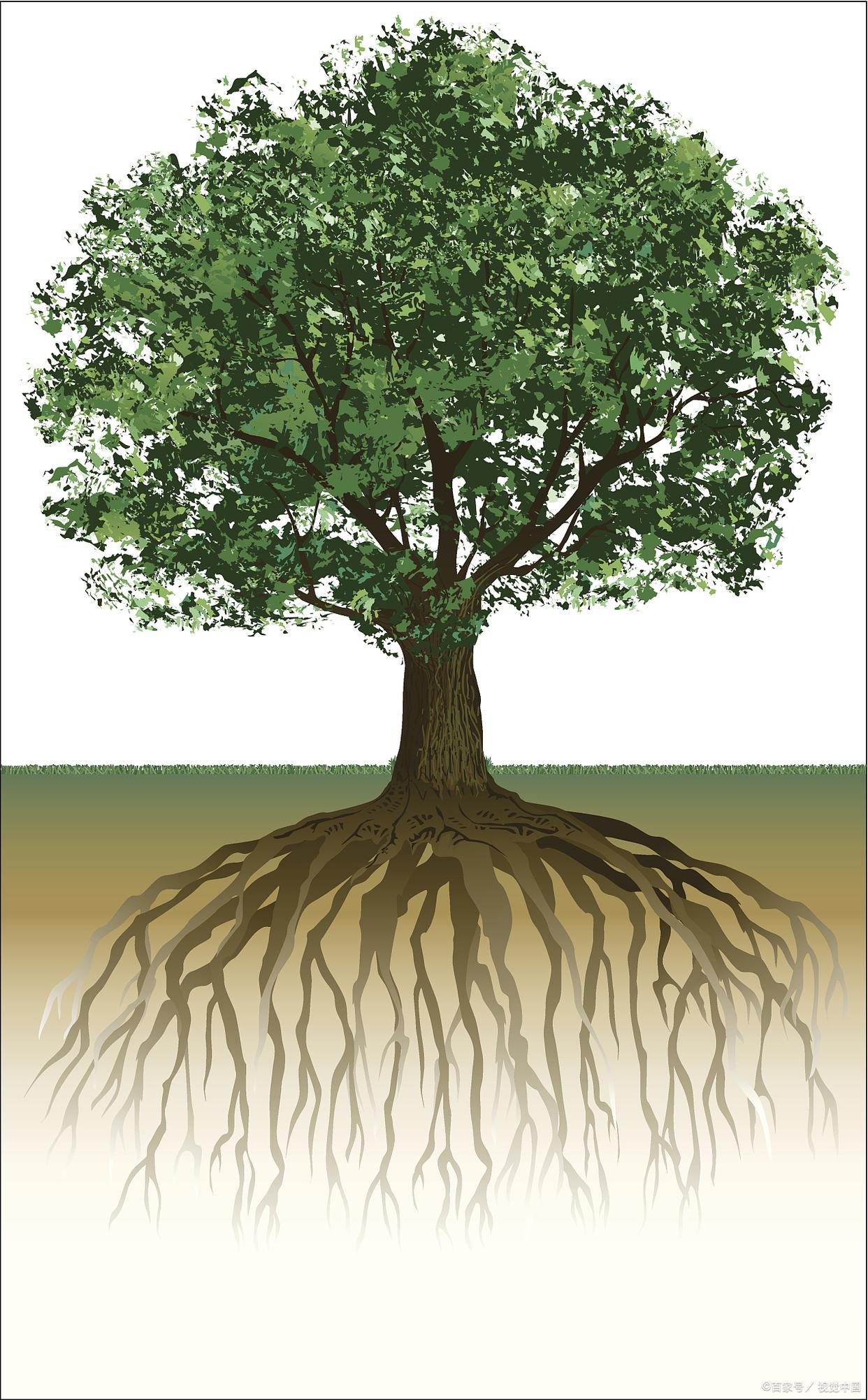

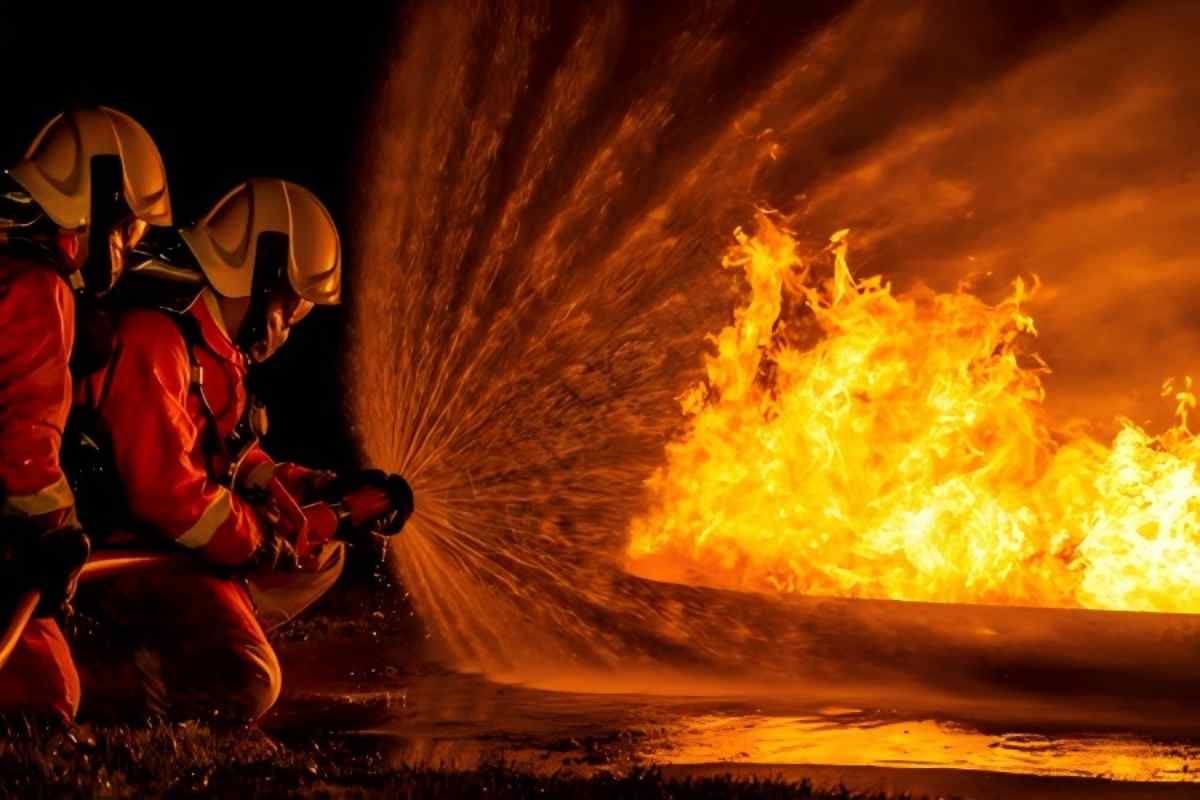
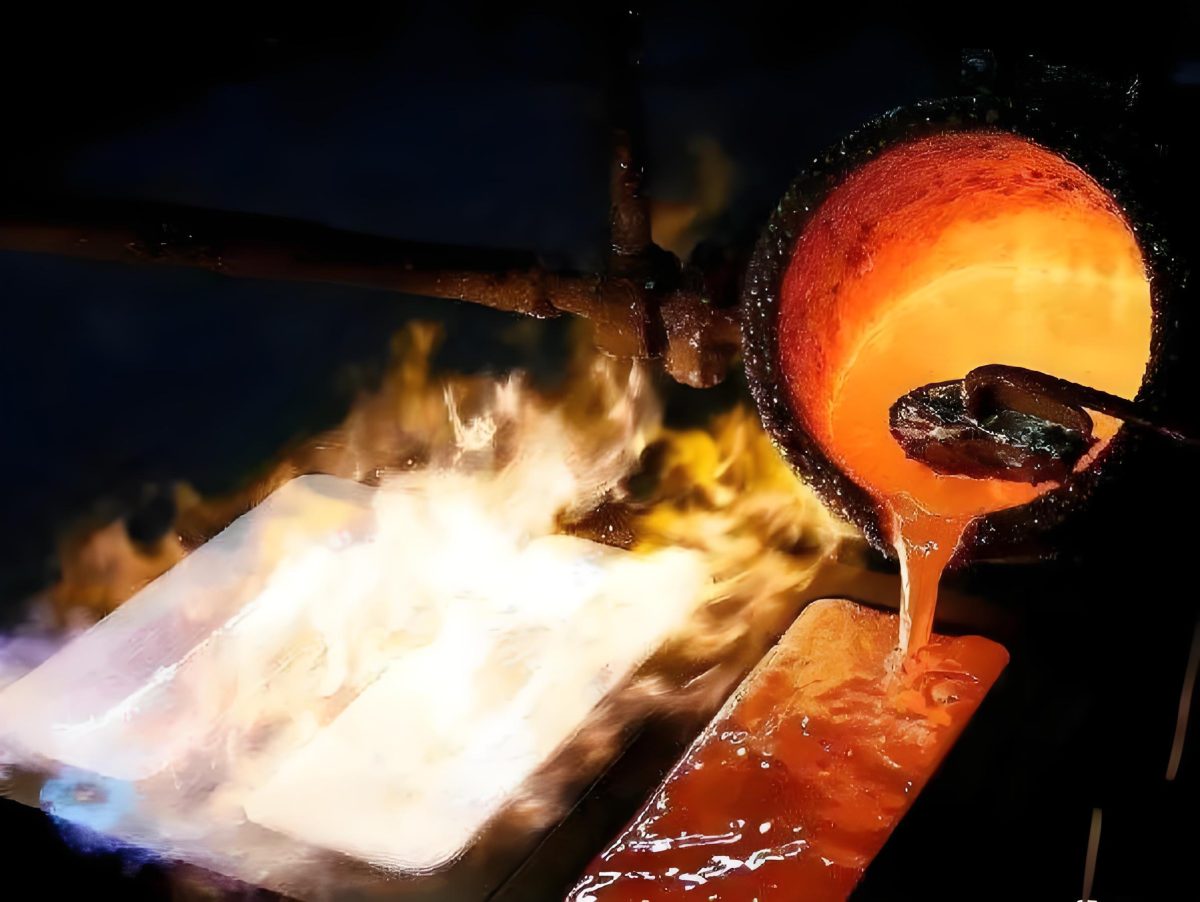

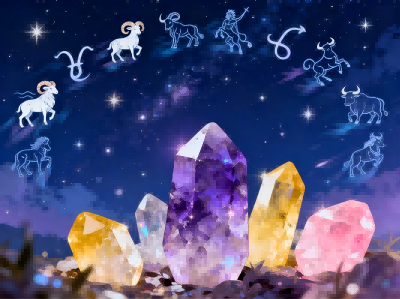
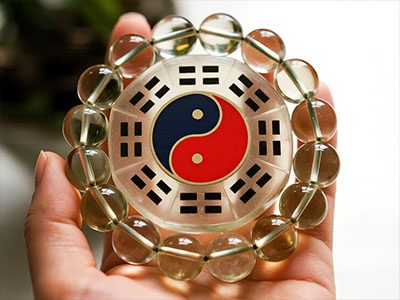

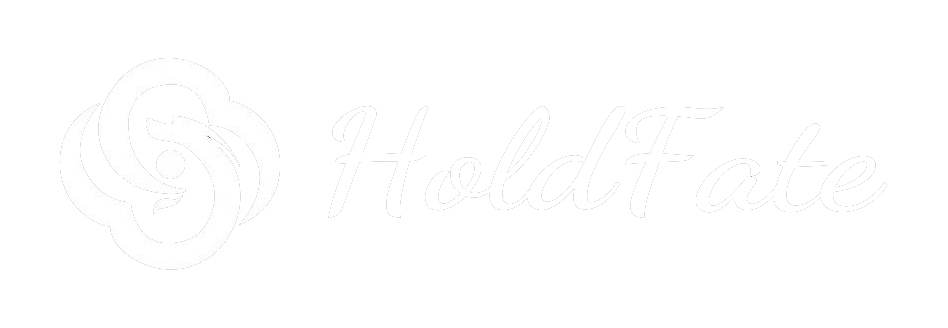
 Please wait…
Please wait…
Fascinating explanation! The Five Elements theory is so deeply rooted in Chinese culture. 🌟
Wood generating Fire makes so much sense when you think about how friction can create sparks.
I never realized how interconnected these elements are. This changes how I view nature!
The part about Metal generating Water seems a bit abstract – could you clarify how that works? 🤔
This reminds me of my acupuncture sessions where they use Five Elements theory to diagnose.
Wow I didn’t know TCM used this too! Which elements does your acupuncturist focus on for different conditions?
The balance concept is brilliant. Wish Western science incorporated more of this holistic thinking.
LOL imagine explaining this to Aristotle. ‘Dude, fire makes dirt which makes rocks…’
That soil protection part hit different. We should definitely apply these principles to modern agriculture.
Right? The soil part made me look at cover crops and no-till farming in a whole new light. Ancient wisdom ftw!
Anyone else think the Water restricting Fire dynamic explains why we use water to put out fires? Mind blown.
This is such a beautiful system of thought. Makes me want to study more Chinese philosophy!
Totally agree! The beauty of Chinese philosophy lies in how practical these ancient concepts still are today.
The way Metal generates Water actually reminds me of how condensation forms on cold metal surfaces. Nature is full of these little connections!
As a gardener, I never realized how perfectly the Wood-Earth relationship explains why trees are so crucial for healthy soil. Mind blown 🤯
Honestly the Fire-Earth-Metal progression is way more logical than I expected. Whoever came up with this system was brilliant.
The balance aspect is so on point. Wish modern ecology classes taught these concepts alongside Western science.
Kinda wild to think our ancestors figured all this out without modern technology. Makes you wonder what else they knew 🤔
Water generating Wood makes perfect sense when you’ve watched plants wilt and then perk up after watering. Ancient science = practical science!